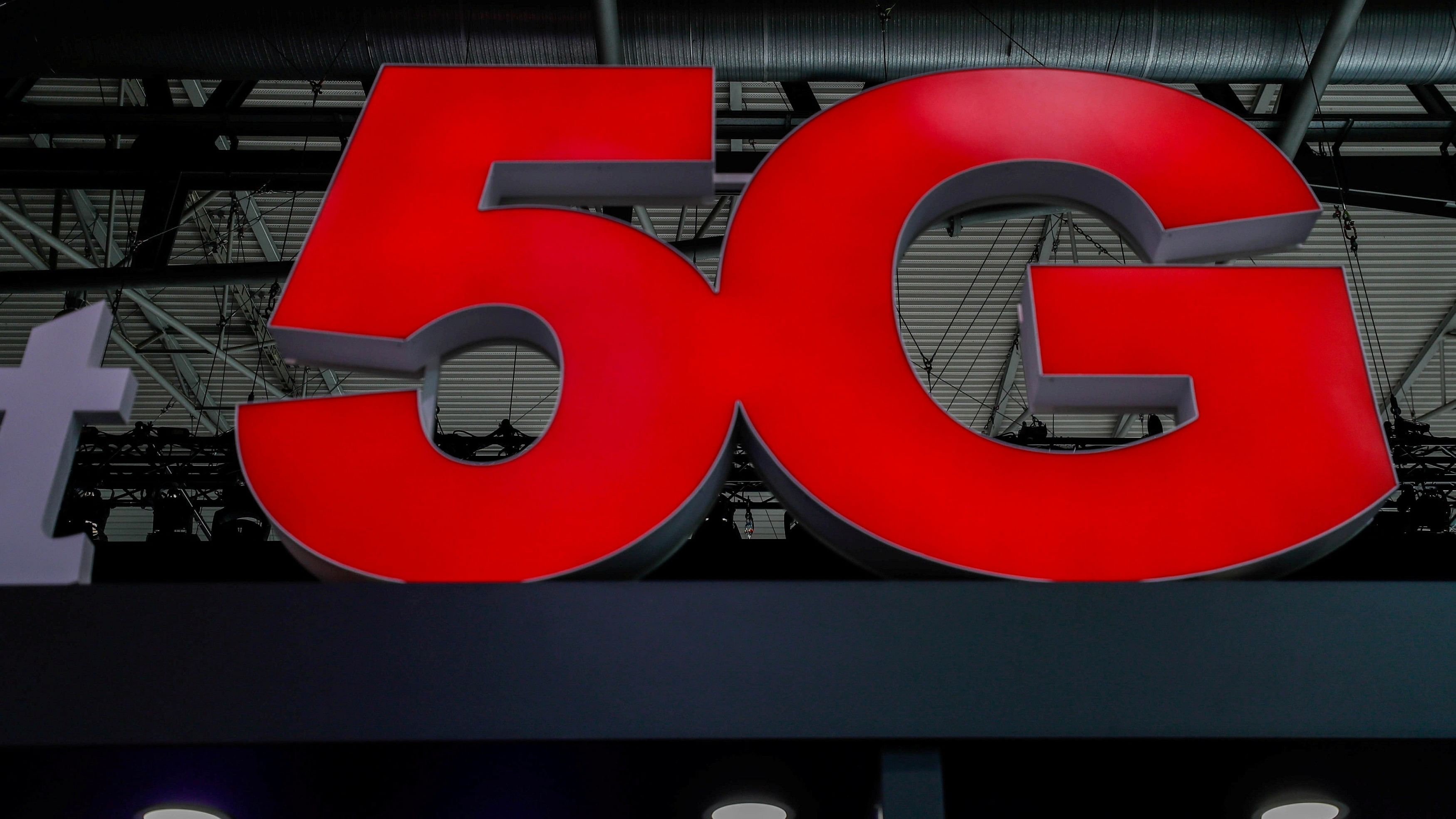
A 5G sign is displayed.
Credit: Reuters File Photo
New Delhi: The fifth generation (5G) telecom service, which was launched in India in 2022, is likely to create 2.2 crore jobs in the sector and related activities like cloud computing, robotics, and the Internet of Things (IoT) by 2025 and further boost its share in the country’s GDP, Arvind Bali, CEO, of Telecom Sector Skill Council, said.
“The contribution of telecoms in the country’s GDP has increased to 9%. 5G has given a big boost. The 6G technology will give a further boost to the sector and increase its share in the country’s GDP,” Bali said in an interview.
He said the 5G technology would create huge employment opportunities – both in the telecom sector and the related activities.
Referring to an industry report by Telecom Sector Skill Council (TSSC), Bali said India is the only country expected to have a skilled labour surplus, with 13 lakh workers in the Technology, Media, and Telecommunications (TMT) sector by 2030.
“As we move into the Web 3.0 era, the proportion of software in the telecom sector will triple. Trends indicate that, with the help of AI, an even more powerful 6th Gen will emerge in the coming years,” he said.
However, he noted that the country currently faces a telecom demand-supply gap of 24.1 lakh, which is expected to increase 3.8 times by 2030.
He said there is a need to increase focus on skill development in the sector. One of the key challenges with regard to the skill gap is that around 60% of India's graduates in computer science, IT, and mathematics are not employable in the technology sector due to the mismatch between academic requirements and industry demands.
As per the Telecom Sector Skill Council report, the total number of people employed in the Indian telecom industry is currently around 1.16 crore, with 29.5 lakh corporate employees and 82.4 lakh blue-collar workers.
Majority of the corporate workers are engaged in the activities like network operation, maintenance and project engineering, while blue-collar workers are mostly engaged in the activities like network operation & maintenance, sales, distribution and service segments.
“India has a good chance to close the growing demand-supply gap by 2030 with the proper reskilling and hiring strategies that target adjacent talent in Tier-II & III cities and university supply,” Bali added.